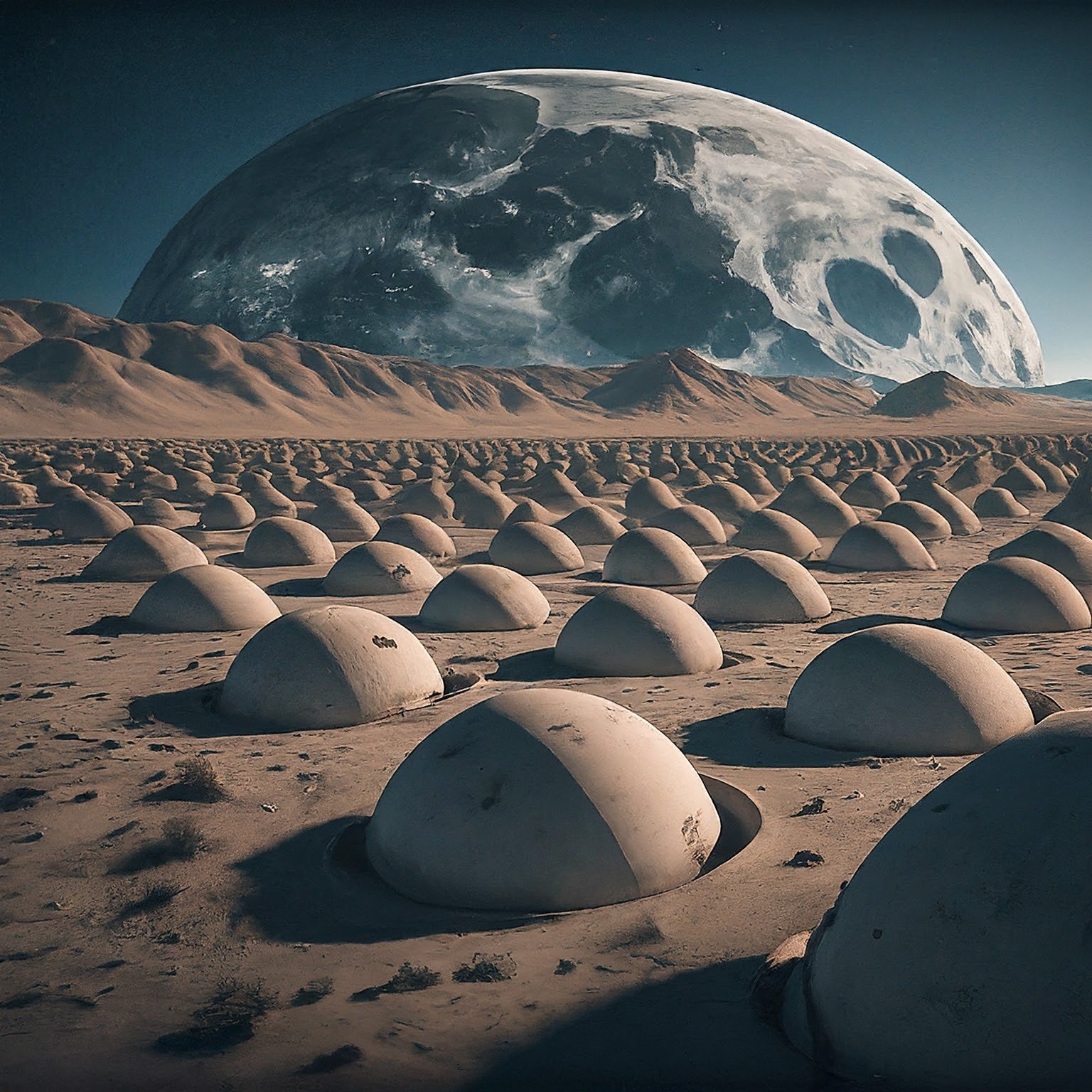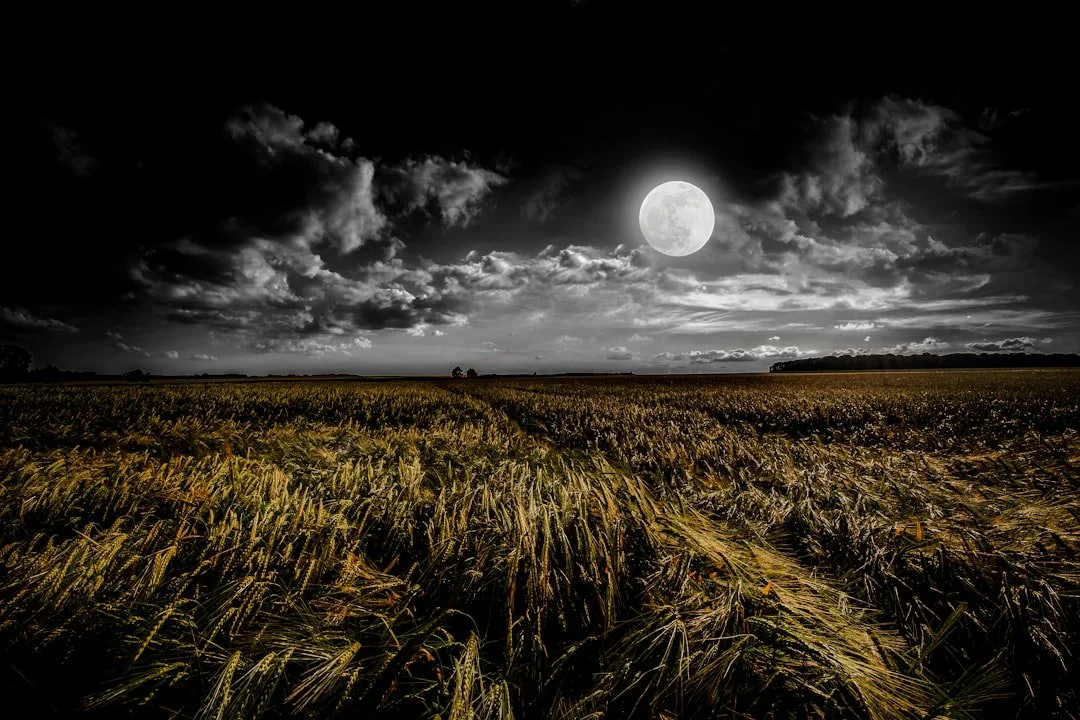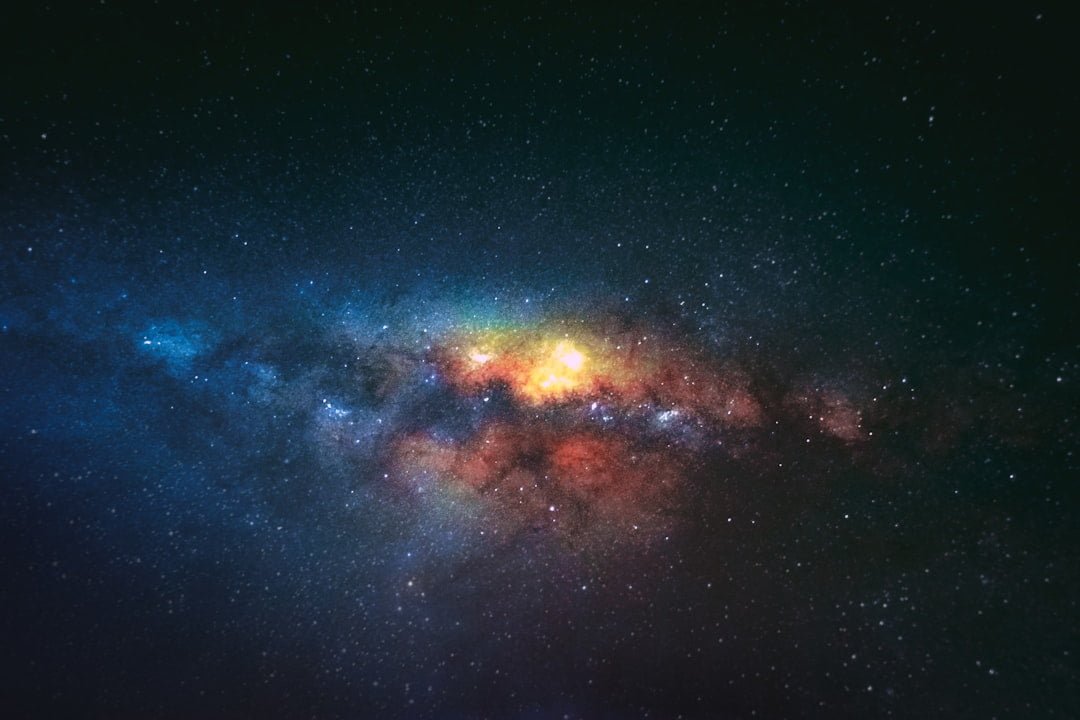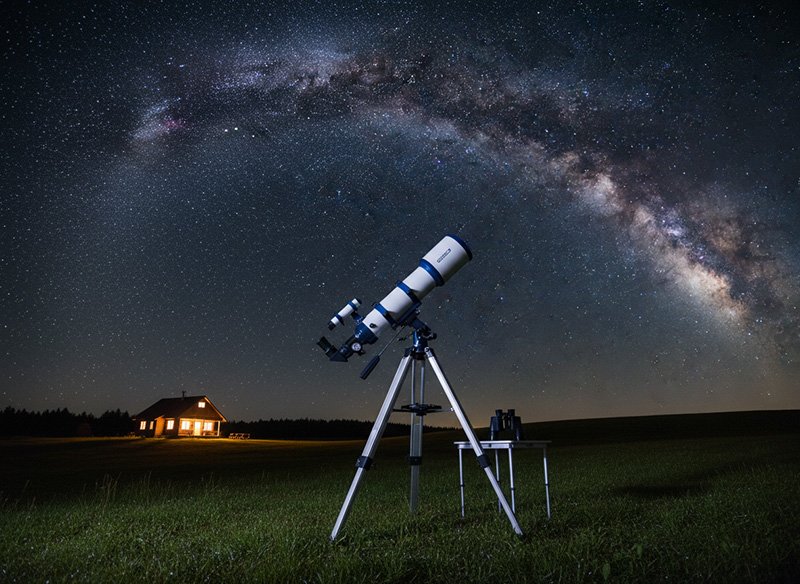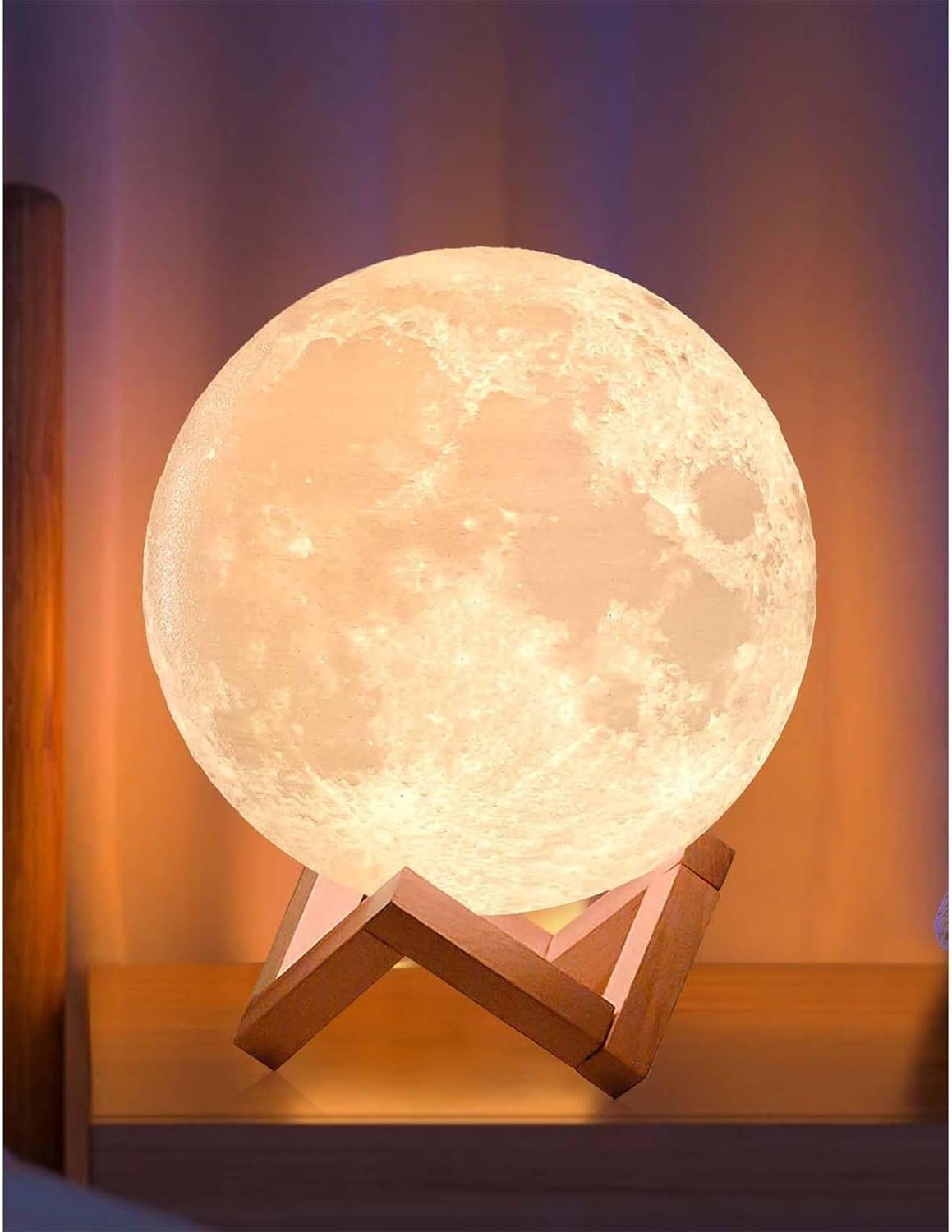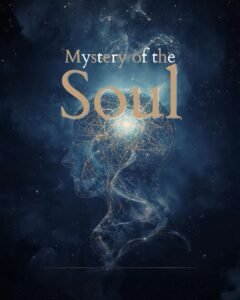Key Points
- Eugene Shoemaker remains the only person whose remains have been buried on the Moon
- Commercial spaceflight has made it possible to send cremated remains or DNA to the Moon
- Lunar burials raise cultural and religious questions and concerns
- The future of lunar burials includes the possibility of off-Earth storage for DNA and digital data archives
- As the practice becomes more common, diverse perspectives on off-world burials must be considered
As technology advances and commercial spaceflight becomes a reality, the concept of lunar burials has transitioned from science fiction to a tangible possibility. This article delves into the current state of lunar burials, the pioneers who have paved the way, and the cultural and religious implications of this practice.
The Pioneer of Lunar Burials: Eugene Shoemaker
Eugene Shoemaker, a renowned planetary scientist, holds the unique distinction of being the only person whose remains have been buried on the Moon. On July 31, 1999, his ashes were sent aboard NASA’s Lunar Prospector spacecraft, which impacted the Moon’s surface. This historic event set the stage for future lunar memorial services.
Companies Offering Lunar Burial Services
Several companies, including Celestis and Elysium Space, now offer services to send cremated remains or DNA samples to the Moon. Celestis has planned missions to carry the remains of notable figures like Mareta West and Gene Roddenberry, while Elysium Space provides early reservations at reduced costs.
Cultural and Religious Considerations
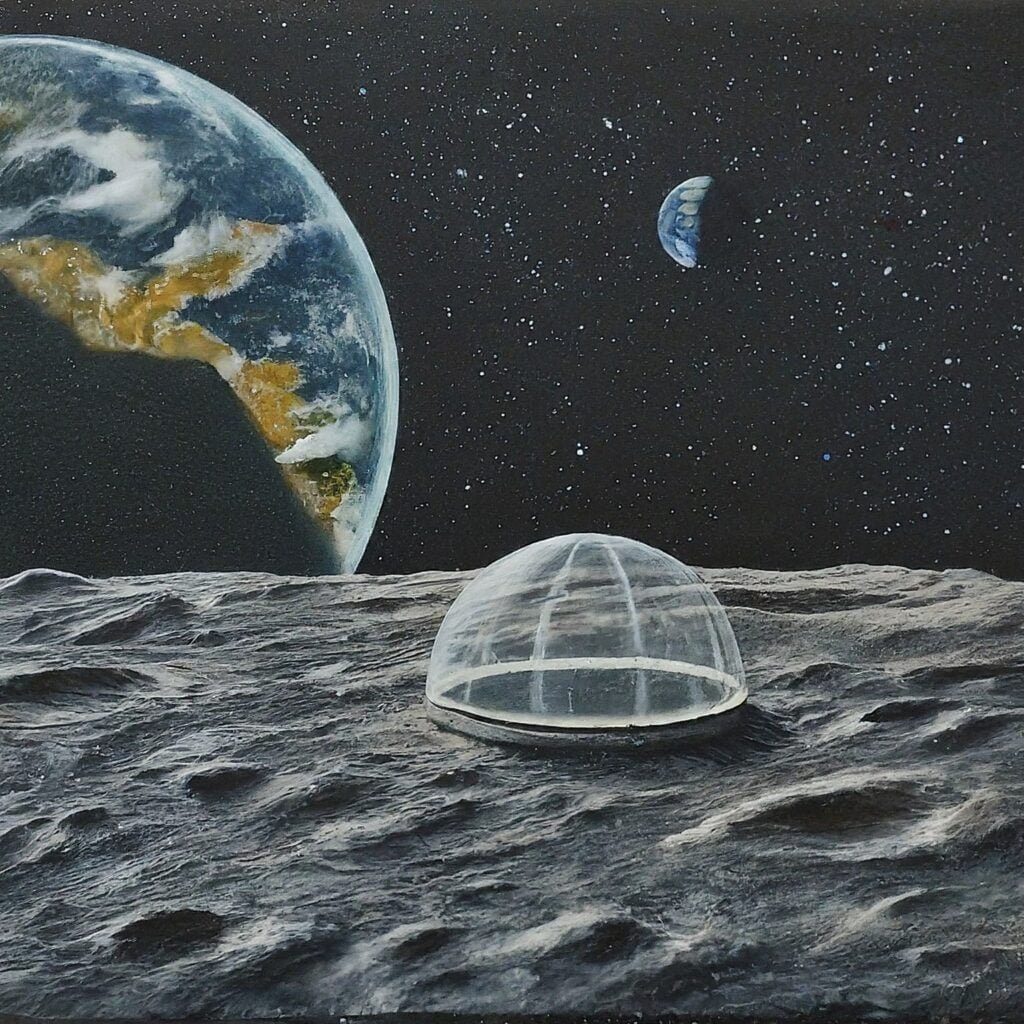
The practice of lunar burials raises questions and concerns among various religious and cultural groups. The Moon holds sacred significance in many traditions, such as the Navajo and other tribal cultures. Different religions have specific rituals and beliefs regarding death and burial, which may conflict with the concept of lunar burials.
Religious Perspectives on Lunar Burials
- Islam prohibits cremation
- The Moon holds significance in Hinduism
- In older forms of Buddhism, the Moon is identified with the god Chandra
The Future of Lunar Burials
As commercial spaceflight continues to develop, the opportunity for lunar burials is becoming more accessible to the general public. However, it is important to note that not all missions succeed, as demonstrated by a failed mission in January 2024 due to spacecraft failure.
Beyond Human Remains: DNA and Digital Data Storage
The concept of lunar burials is not limited to the remains of deceased individuals. It also includes the possibility of off-Earth storage for DNA and digital data archives, ensuring the preservation of human knowledge and genetic information for future generations.
Conclusion, Lunar Burials
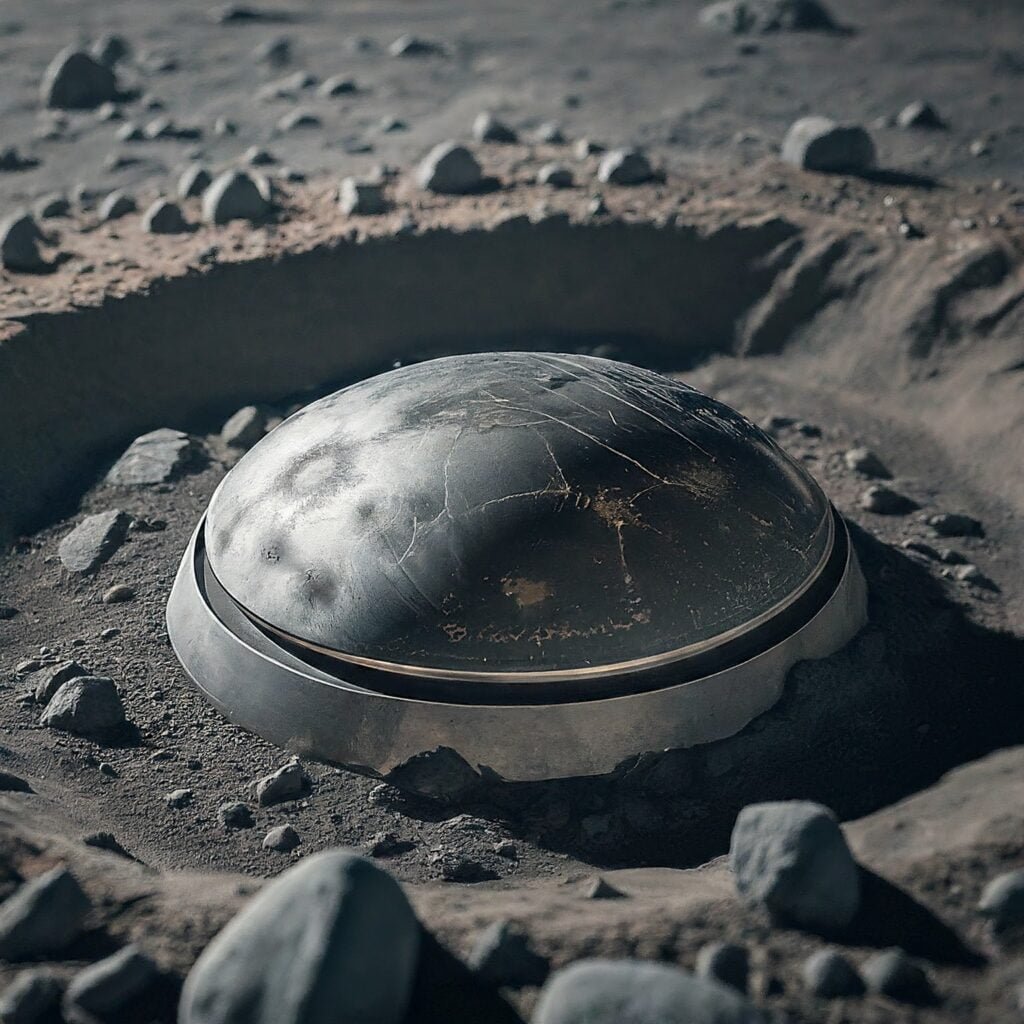
While Eugene Shoemaker remains the only person whose remains have been buried on the Moon, the growing interest in space memorials suggests that the Moon may soon host more celestial burials. As this practice becomes more common, it is crucial to consider and respect the diverse cultural and religious perspectives on off-world burials.
The topic of lunar burials is important because it represents the intersection of technology, culture, and our relationship with death. As we continue to explore the final frontier, we must navigate the ethical and societal implications of this practice. By understanding and respecting the various viewpoints on lunar burials, we can ensure that this new frontier is approached with sensitivity and inclusivity.

